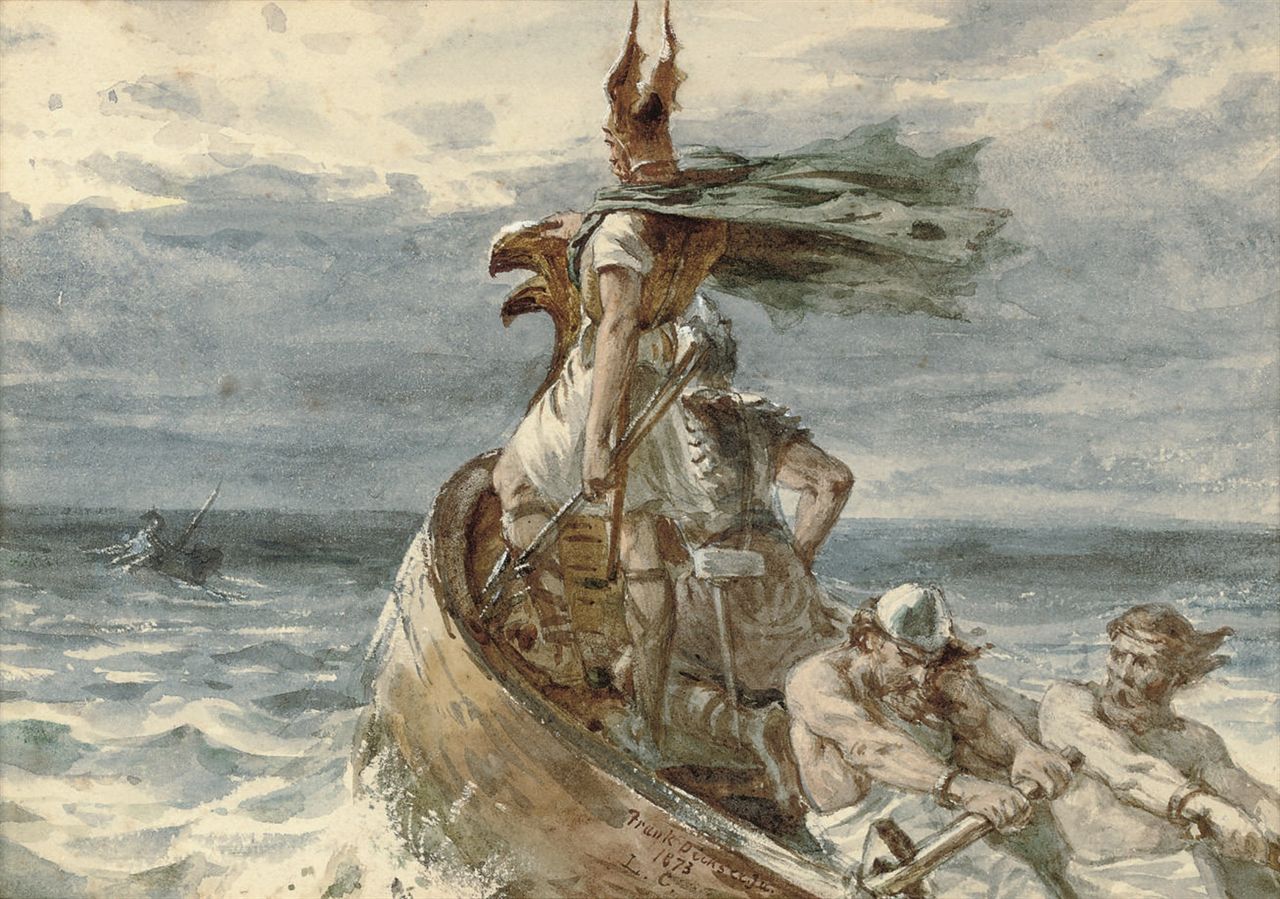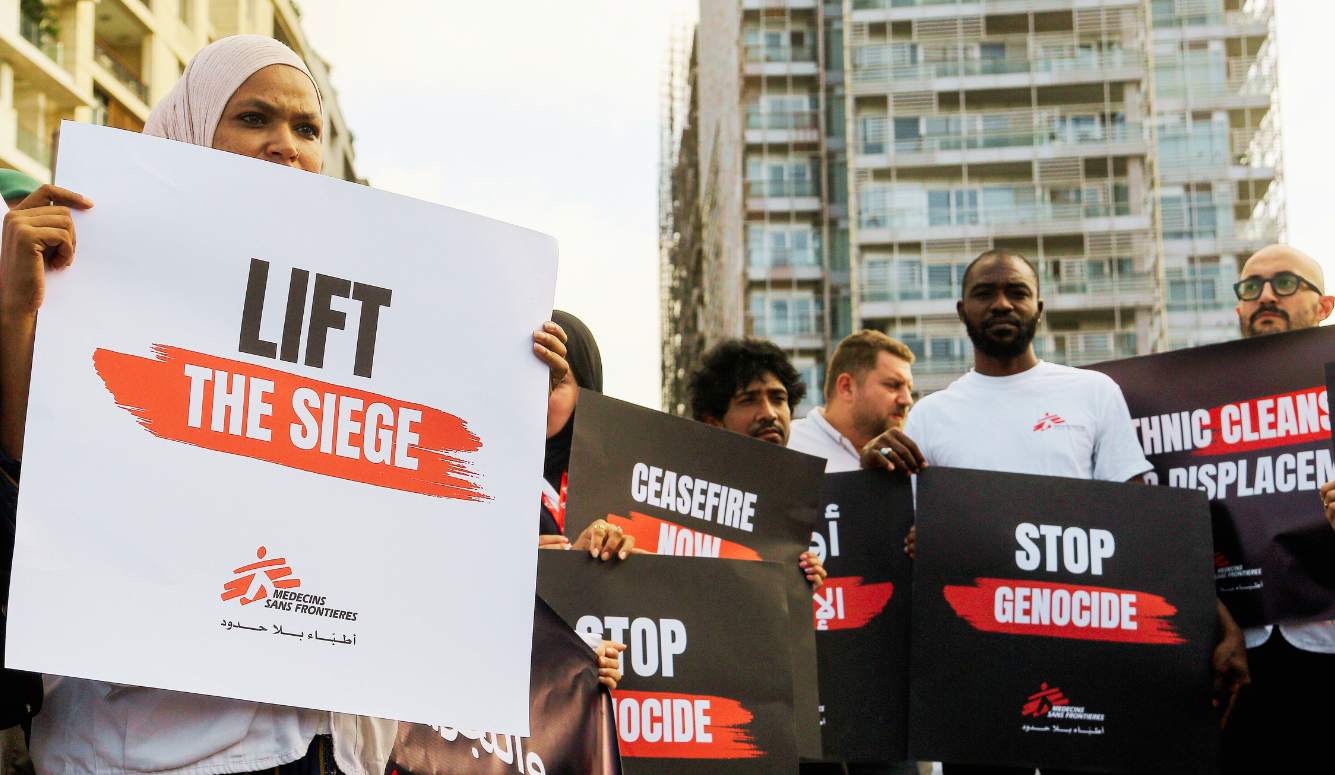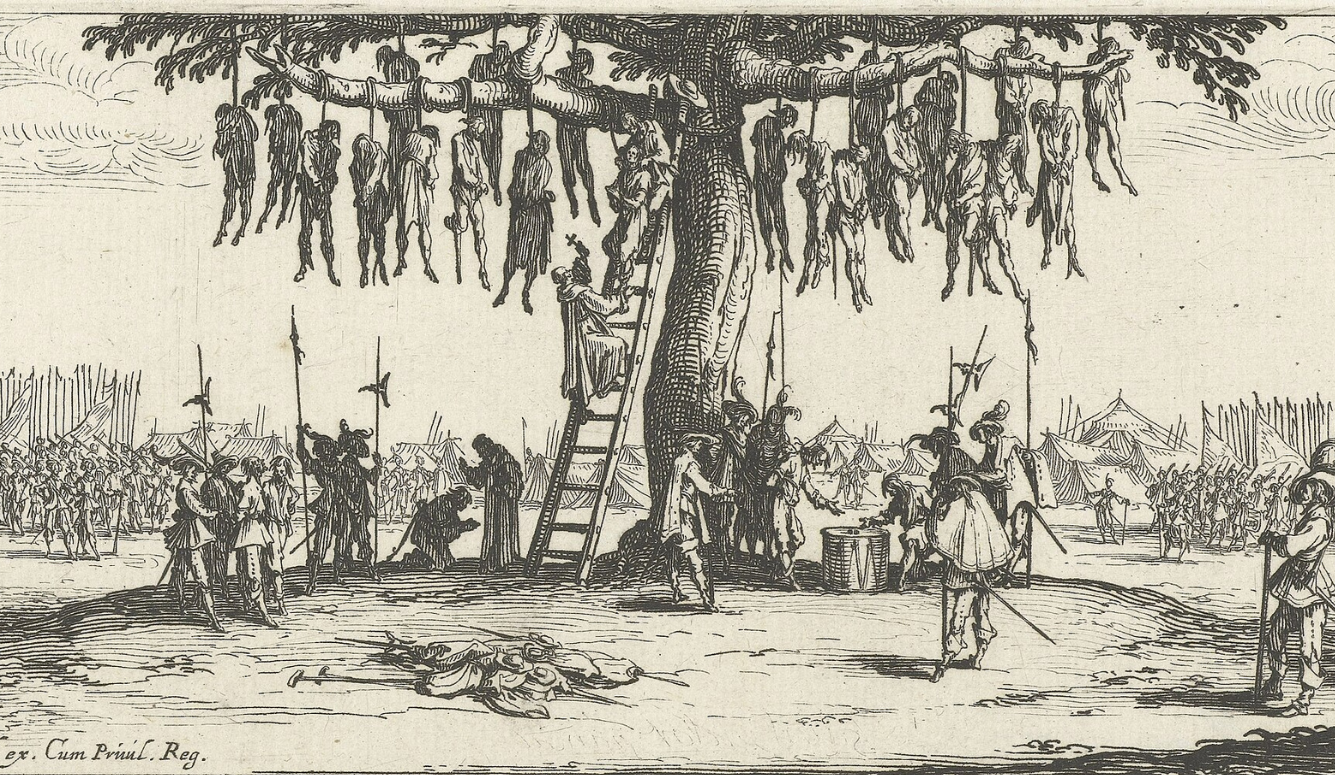History
Muslim Vikings and Abuses of History
Why did a flimsy interpretation of a small artefact from provincial Sweden seem so important to the English-language world’s most powerful news outlets?

Two weeks ago, Swedish researcher Annika Larsson of Upssala University announced that she had discovered a thousand year-old Viking textile with ‘Allah’ inscribed on its hem. Major international media outlets rushed to publish news of Larsson’s supposed discovery. Within a few days, the BBC, The Guardian, and The New York Times had run articles on the subject, all of which raised the possibility that the Viking wearer of this cloth might have been Muslim, or even a Muslim immigrant from the Middle East.
‘Allah’ Is Found on Viking Funeral Clothes https://t.co/Pzhgdhucey
— The New York Times (@nytimes) October 15, 2017
Larsson, and the reporters who echoed her, argued that the Viking culture of medieval Sweden was therefore open to Islamic influence–an idea, they gleefully noted, bound to enrage right-wing opponents of mass immigration from majority-Muslim countries. The New York Times was insistent on the political meaning of the ‘Allah cloth,’ interviewing Swedish activists who try to disassociate their country’s Viking past from its appropriations by right-wing nativist groups.
Archaeologists and historians immediately pointed out problems in Larsson’s interpretation, recalling similarly outlandish claims that she had made in the past. In response, Sigal Samuel at The Atlantic wrote an even-handed piece suggesting that the press was so eager to believe Larsson because her claims dovetailed with a progressive political agenda. The Guardian added a sheepish asterisk to its original article, noting that there was “academic debate about the accuracy of the finding.” Other outlets ignored the protests of specialists, leaving their hastily written, agenda-driven articles unaltered.
Why did a flimsy interpretation of a small artefact from provincial Sweden seem so important to the English-language world’s most powerful news outlets? And why, after falling over themselves to cover the story, did many of them wish to forget it? Part of the answer, as both Samuel and Skolberg suggest, is that it served the needs of local activists desperate to wrest control of narratives about Swedish identity away from the anti-immigration right. With its generous asylum policy, Sweden has become a focal point in debates over immigration throughout the West, with leaders like Donald Trump stirring controversies over the extent of social and economic problems that immigration has caused. Vikings, and Europe’s medieval cultures more generally, are also important figures in contemporary debates about the meaning of European and white identity. As The Chronicle of Higher Education notes, historians of the Middle Ages, aghast at the thought of white nationalists using imagery drawn from their period of study, are frantically trying to convince colleagues of their anti-racist bona fides.
Journalists and scholars alike are eager to point out historical objects, texts, and events that show peaceful relations between the West and Islam—or indeed, that make it difficult to distinguish between the two. One can easily find hundreds of news articles, often based on the latest scholarship, touting “How Islam Created Europe” or insisting “California has always been Islamic.” The drift of such pieces is, almost invariably, to suggest that present-day fears about a ‘clash of civilizations’ between Europe and the Islamic world, or about the possible dangers of immigration to Europe from the Middle East, should be dismissed in light of the long historical record of Euro-Islamic exchange and amity. Episodes like the Arab-Byzantine wars, the crusades, and the Habsburgs’ struggles with the Ottomans, thus, have to be weighed against eras of more peaceful interaction in Andalusia, Norman Sicily, or, perhaps, Uppsala.
In this line of thought, celebrating the successful integration of Muslim communities in the contemporary West doesn’t go far enough. When Sadiq Khan was elected mayor of London last year, historian Juan Cole criticized the media for cheering on the election of a Muslim as mayor of a major European city. Cole insisted that for centuries, Muslims had run many important European cities, from Lisbon to Bucharest: “Sadiq Khan has many illustrious predecessors among European Muslim urban leaders.” This conclusion rather breezes through the crux of the debate: in the eyes of many on the anti-immigration right, a list of Muslim conquerors of European cities speaks not to the inseparability of Islamic and European histories, but to Islam’s long-standing menace.
Activist historians and the journalists who create an audience for their pronouncements seek to counter right-wing views of Islam and the West as essentially distinct entities locked in permanent conflict. Such views, of course, do not survive contact with historical data, which offers a far more nuanced picture, one that, indeed, is precisely too rich and complicated to serve the goals of any contemporary political agenda, or to answer any question about Muslim integration, immigration, or identity in Europe today. Rather than attend to these nuances, however, many journalists and historians irresponsibly exaggerate certain facets that promote their own favored political narratives. In their eagerness to use history against the far-right, they only aggravate tensions and distort the historical record.
Scholars like Cole conflate today’s democratic politics and centuries-old imperial conquests in order to construct a vision of Europe as a continent historically entangled with Islam, rather than a civilization forged largely in conflict with it. Others over-interpret obscure details, ignoring the objections of more dispassionate specialists. Such tactics might give academics the attention, and journalists the page views that they crave, but they ultimately serve the interests of the far-right, justifying its rejection of traditional sources of expertise like academia and the media as irredeemably biased.
The political logic that underlies these appeals to history is no less disturbing than their mendacity. Ironically, this logic has much in common with that of the far-Right against which it is ostensibly marshalled. In both views, it is history and not politics that ought to settle debates about the status of Muslims in Europe today. If the Right says that Muslims have always been against Europe, the Left must insist that they have always been a part of it. Rather than arguing that events like Sadiq Khan’s election, Islamist terror attacks, or the Syrian migration crisis can be understood as present-day issues, the keys to which are entirely in our own hands, scholars like Cole and Larsson suggest that they cannot be understood without reference to history, or indeed, to dubious inscriptions on scraps of cloth. This will not liberate us from false historical narratives, authorizing us to apply our own values, identities, and political goals to create solutions in the present. Instead, it is an attempt, at the expense of academic honesty, to project today’s competing political ideologies into the past.





